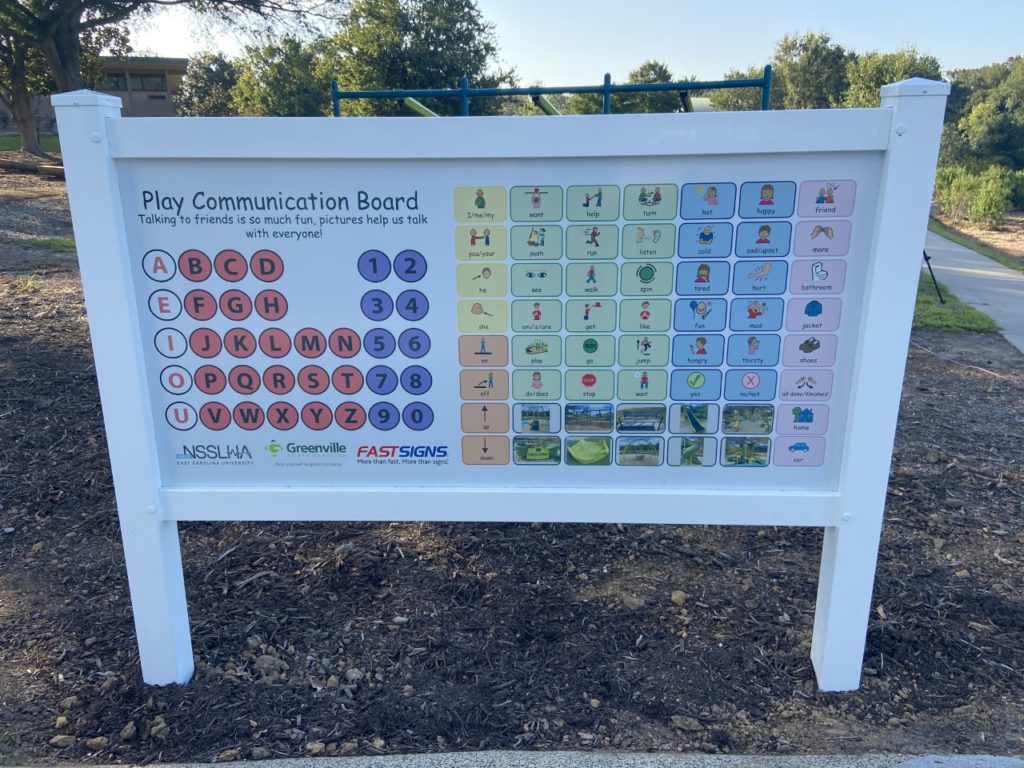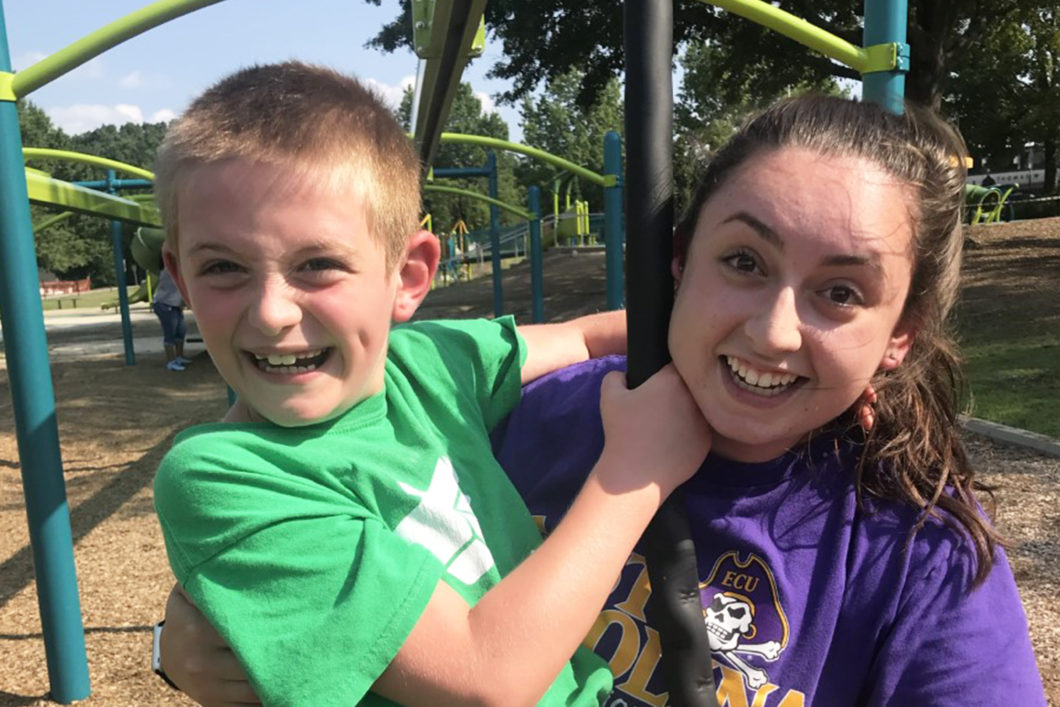Communication is such an integral part of life, and for many, the ability to speak verbally can easily be taken for granted. Individuals with severe communication impairments may have difficulty with certain aspects of life—including daily activities, independence, and self-perception. When those who are nonverbal experience difficulty communicating with others effectively, people may think they’re not intelligent, not comprehending conversations, or even unable to make decisions on their own. It’s time to break that stigma—and truly understand what inclusion means.
With the use of augmentative and alternative communication (AAC), people can have the ability to communicate and express themselves with friends, family, and others, all while feeling included. One way to do this is through using an AAC board, also known as a communication board.
Miscommunication While Playing
If you step back and think about it, communication is vital in connecting with others. It’s how relationships build and grow. Imagine, as a child, going to the playground and someone says, “Hey, where do you want to go play?” You hear the person, but you’re nonverbal and have no way to tell them that your favorite spot is the zipline—so you just look around until your gaze ends at that zipline, and you hope that they want to play there, too. But they don’t respond the way you want them to: They take you to the slide, and you have a meltdown because, little do they know, you hate the way the slide feels—and it’s hot to the touch as you slide down it.
A similar experience happened to me: I was working with an incredible child whose favorite place was the playground. Carter—a fun-loving, smart, affectionate, silly, smiley, and determined young boy—absolutely loved the playground and being outside. He was nonverbal and didn’t have a way to tell me where he wanted to play. He used a form of AAC at home and at school but didn’t have one to use for his favorite things at the playground. Every time I brought him there, I assumed that he wanted to play on the zipline because he would always run right up to it; but on some days, I discovered that he enjoyed playing with other equipment. One day, while I was there with him, I got to thinking, “I want Carter to be able to express to me what he wants, needs, and feels without assumption. What if there was a way that I could put a communication board here in the park—not only for Carter to use but for everyone to use?” That was the start of this incredible project!
Our Process for Establishing a Communication Board at a Local Playground
As the 2019–2020 East Carolina University NSSLHA chapter president, my goal was to (a) develop a project that our chapter could dedicate to our community while (b) becoming an advocate for those who utilize AAC. I saw a need for communicative access in a variety of settings outside of just clinics and schools and I have a passion for working with children with autism and individuals who use AAC.
Last year, I researched whether this idea had ever been done, and I discovered that it had. After reading about the process that some schools and playgrounds went through to create their AAC board, I decided to have our chapter create one, too. I led my executive officers in the design and implementation of our play communication board. It was installed at our local inclusive playground in September 2020. We’re thrilled that individuals in our community now have the ability to point to pictures or letters to tell someone how happy they are to be at the park, to tell a caregiver that they’d like to move on to the swings or to ask a friend to play with them on the slide. I want our community to find the power of communication and to raise awareness about the different communication modalities that people use. I hope that this board will not only aid in communication for those who need it but also will serve as a learning experience for those who may not be familiar with AAC. It’s crucial to educate others to ensure that we create a community of acceptance and understanding.

I created the board using Boardmaker® symbols and partnered with a local sign company to have it printed on a larger scale. Since it’s been installed in the playground, news has gone viral! The local news featured a story on it, it’s been posted with over 450 shares on Facebook, and many people have reached out asking me how they can implement a communication board in their schools, playgrounds, and parks!
It melts my heart knowing how many people are loving this communication board—and, most important, how families with children who have communication differences are feeling more comfortable taking them to the park, knowing that their children have a way to communicate their wants, needs, and feelings to others.
This project is just the start: I plan on implementing more communication boards in a variety of settings. By providing the opportunity for children to (a) learn from one another and (b) interact with those who communicate in a unique way, we teach them a valuable life lesson on acceptance. This project aimed to decrease language barriers, raise awareness about different communication modalities and promote inclusion. My goal is to inspire others to create a communication board like this in their own community—because everyone deserves a voice, and every voice deserves to be heard!


What a great idea, Lena! I love that you and your NSSLHA chapter created this thoughtful playground communication board! I agree with you that everyone deserves a voice, and every voice deserves to be heard.” Thank you for your inspiration and for putting your beliefs into action.
Hi! I love your communication board. I am trying to get some for my playground as well. What material is yours made of? Also, does it withstand the weathering? Is it on posts or fixed to the playground equipment?